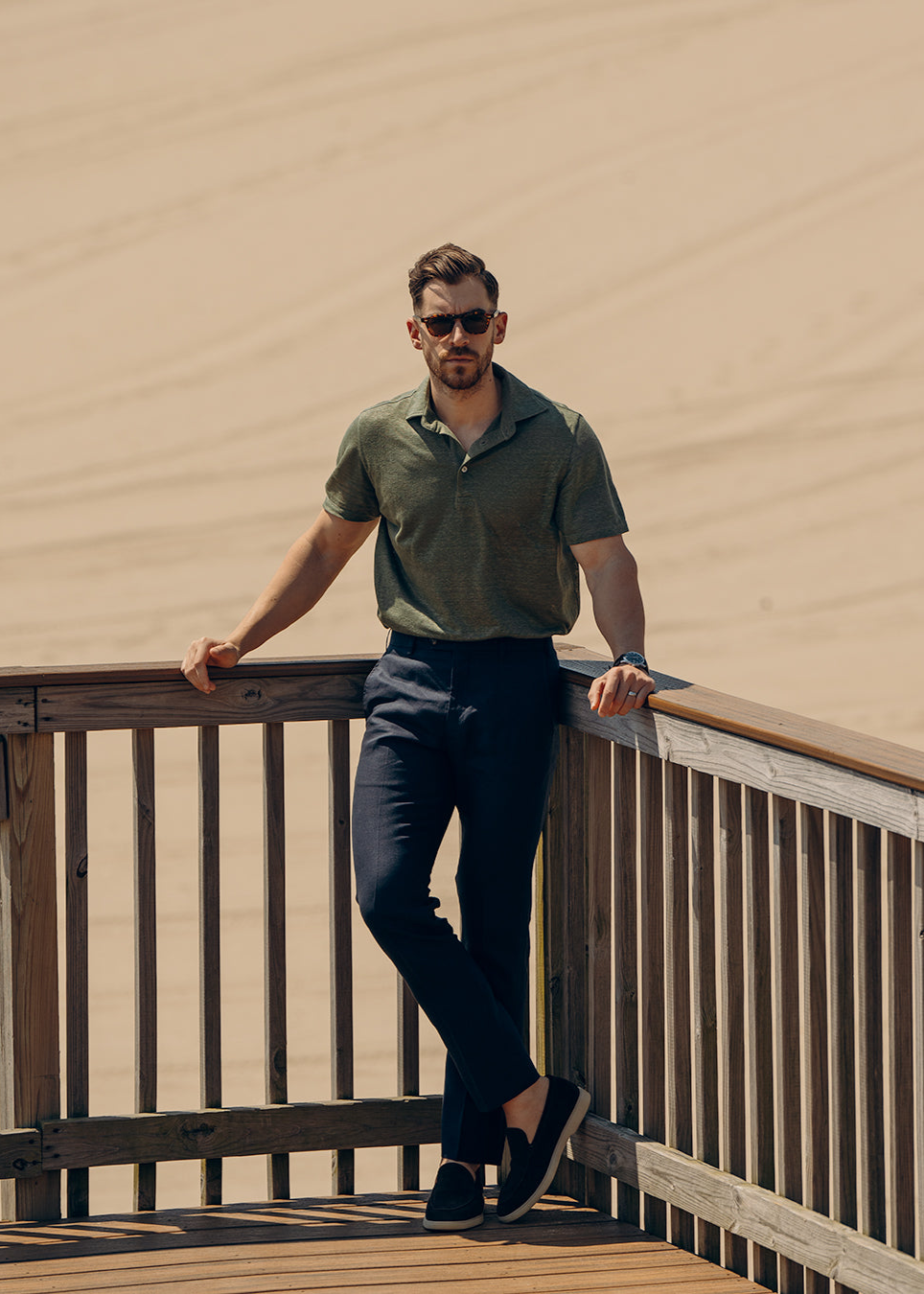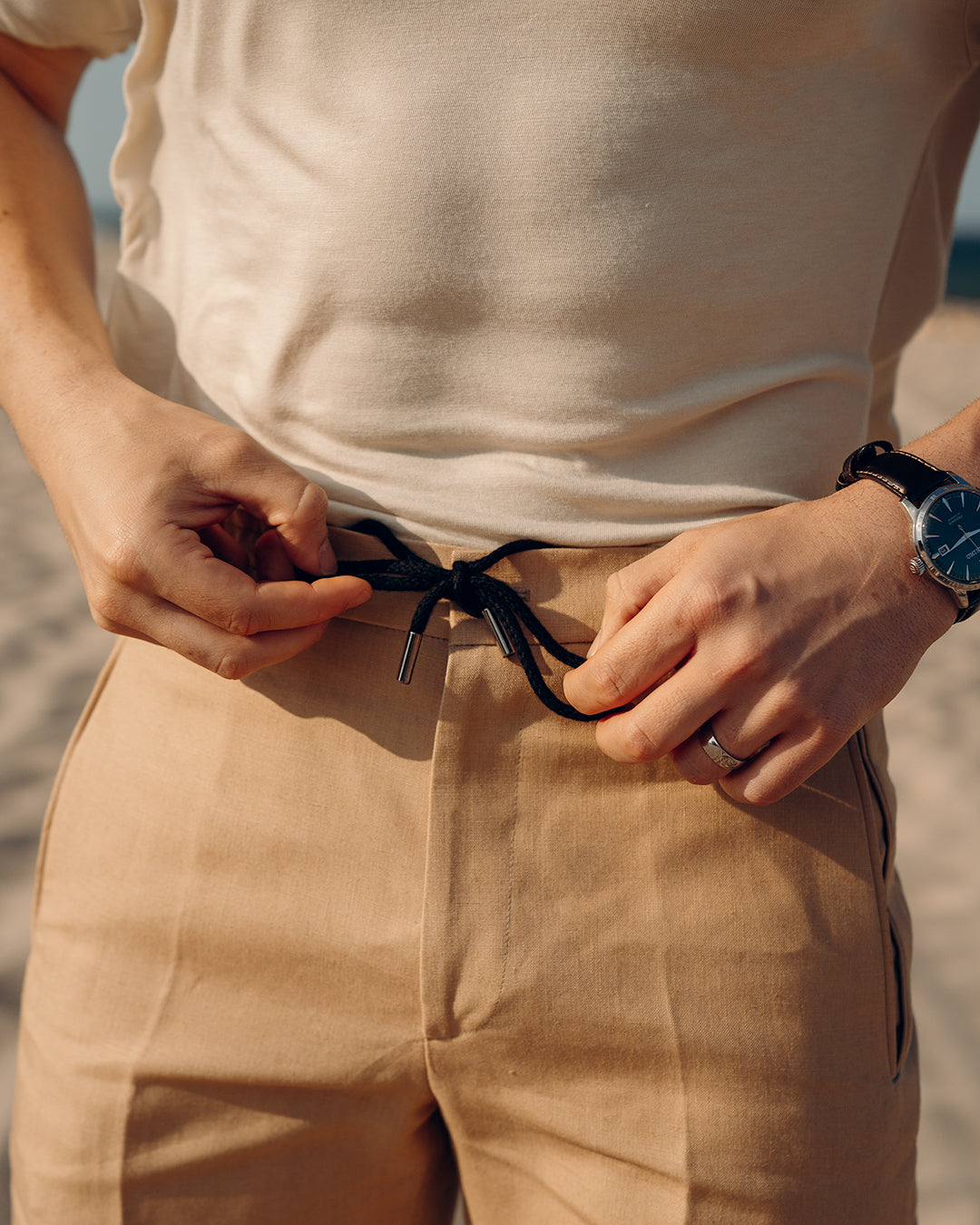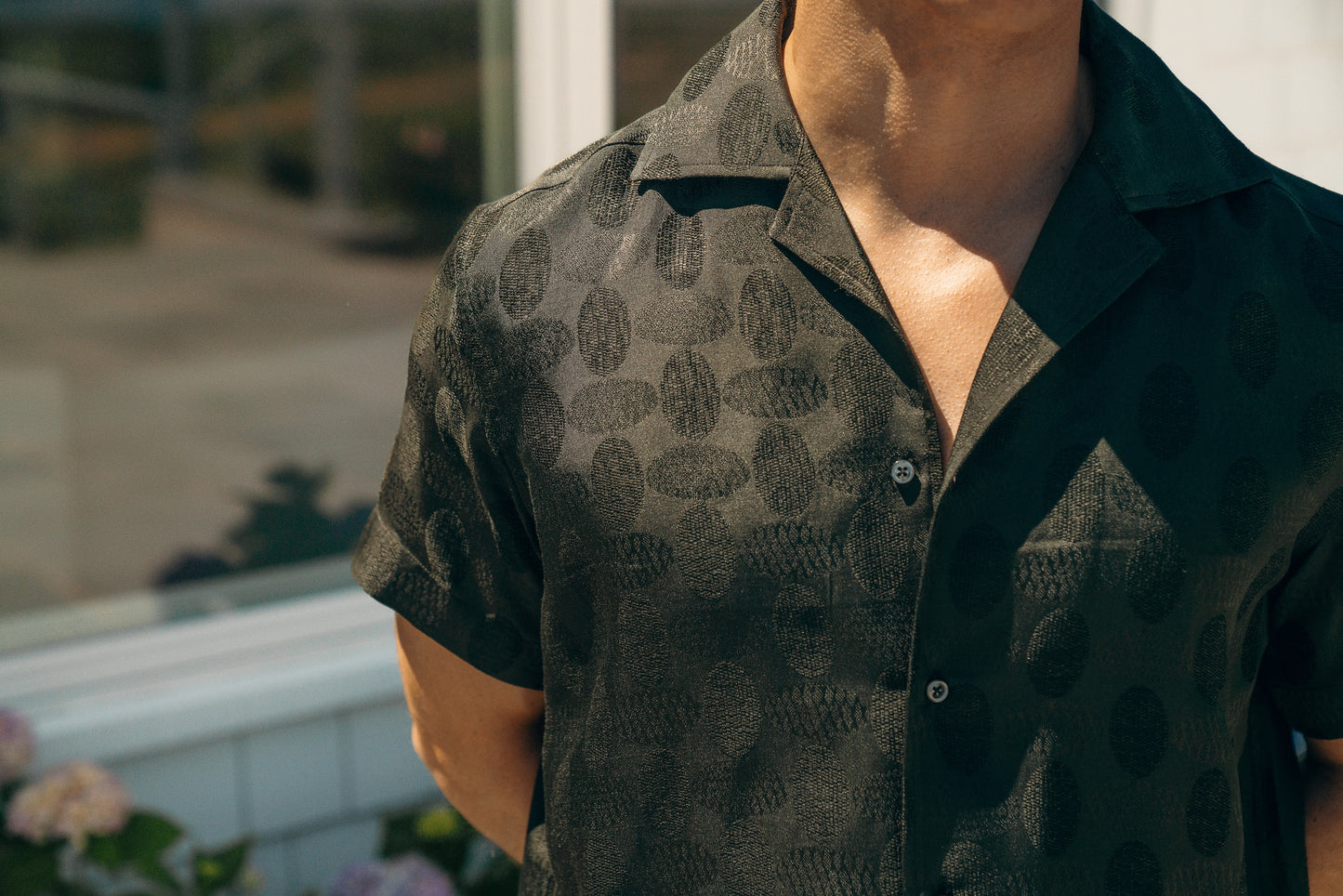If you’ve been paying attention to men’s clothing for any period of time, you’re probably well acquainted with how to look for quality. Suits should be half- or fully-canvassed; shoes should be made from full grain leathers; and when possible, shirts should have mother of pearl buttons, rather than plastic ones (although vintage-style plastic buttons do add a nice touch). These, however, are just the basics.
For a closer look at quality, you’ll want to look at some of the smaller details. For example, in shirts and pants, see if the seams were made with a high stitch-count.Sewing machines are timed by how many stitches they can produce per minute, which means if a cheap shirt is banged out as fast as possible, it will have a low number of stitches per inch. This not only detracts from the look, but it also makes the seam less durable.
There’s a right and wrong way to examine stitch counts, however. High-end dress shirts have collars and cuffs that are meant to be replaced over time, so these parts are usually attached with a low number of stitches in order to aid the disassembly process. Instead of looking there, check the side seams. If these are neatly and finely sewn, you’re likely holding something of good quality.
Similarly, see if the side seams were made with a single needle stitch, instead of a double needle one. Single needle stitches have one row of stitching visible from the outside (rather than two). This gives you a cleaner and neater appearance, and more importantly, ensures that the side seams won’t pucker over time. They do take more time to execute, however, which is why you typically only see them on high-end garments.
Additionally, for pants, look for bar tacks, which are closely spaced stitches that form a small “bar” or “band.” These are used to help reinforce areas of high stress, in order to ensure that they won’t rip. On well-made pants, you typically find these around the pocket openings or zippered areas. And although they’re not easily seen from the outside, you may want to look for waistbands made with a high-quality canvas ban roll. These form the “guts” of the waistband, and with a good material inside, the waistband will be more comfortable to wear.
It’s important to note, these are just guidelines, not hard and fast rules. Quality can often be very dependent on the designer’s intentions and consumer’s preferences. For example, take pattern matching, where you generally want patterns to match up across panels and seams. High-end garments often have their patterns matched, unless the designer purposely skews a pattern for visual effect. Then all the “rules” are thrown out the window. Similarly, while high stitch-counts are good, pick stitches are done with a low stitch-count, and are valued because of the handwork they require. Not all details on a garment can be read off in a simple way, but at least now you know what details to look for.



